This great coat from Edward Sexton is probably the most unusual model we will include in this series, which has been looking at the styles of my various bespoke coats, in particular how they are cut and made.
Sexton coats tend to have a bit of drama to them anyway, as with the rest of the tailoring. But when you combine that with a great coat’s long collar and big lapels – all necessitated by the big, ten-button wrap – you get something particularly dramatic.
I talked about why I commissioned the coat originally, and how I’ve come to wear it over the years, in this Great Things post. I won’t go into more detail here.
I’ll simply say that it’s not a coat I wear often, but that I really appreciate when I do. I wouldn’t encourage anyone to have it as their first bespoke, but if they love the work that goes into making something like this, and can find a way to wear it naturally – as part of their own, very personal style – it really is wonderful.
Today, the main focus will be that tailoring work that often gets hidden behind the drama.
House: Edward Sexton
Address: 35 Savile Row, London
Site: www.edwardsexton.co.uk
Cutter: Edward Sexton
Price (at time of writing): £7,500 (incl VAT)
Price of a two-piece suit: £6,600
In order for a great coat to button right up across the top of the chest, it requires wide lapels that fold down dramatically when they’re not closed.
This fastening can be designed in a less dramatic way if there is a smaller wrap (the overlapping of the two sides) as with a traditional trench coat. But if anything a great coat goes in the opposite direction, maximising the amount of chest that is covered by two layers of material.
This was originally practical, to provide the greatest protection to soldiers that wore them. But over time the size of that wrap, and the curved shape the lapel creates as it runs around the edge of the chest, have become intrinsically linked with a whole set of military clothing, regardless of the practical advantages.
This big wrap makes the coat very warm, and I find the most practical way to wear it is often with the right-hand side buttoned up at the collar bone, but the left side left open – as shown in the image below from that Great Things post.
This means there is only one layer of cloth across the chest, and it makes it a lot quicker to undo when you come to take it off.
However from a tailoring point of view – as with most coats in this series – the back is actually more interesting than the front.
The drama here comes from the combination of the length, the roped shoulders, and those two curved seams running from the sleeves into the waist.
The seams are something you get on formalwear such as a morning coat (covered in a series here) but a morning coat also has a central seam in the centre of the back, plus some kind of cut across the waist. This has neither. So there’s a huge uninterrupted back, with the two curving seams running all the way down to the hem. It’s a stunning bit of tailoring.
I did have some issues with this design from a practical point of view, with the two pleats in the lower half opening rather easily. But Edward tacked down the first three inches or so, and that solved the problem.
Other interesting tailoring points are that those two curving seams perfectly meet the seams of the sleeves. It would look a little off if they didn’t, but still it’s nice.
The collar and collar stand are also one piece, rather than two; and the large slanting pockets echo the angles and scale of the lapels.
“It’s such a nicely put together piece – something where all the elements work together,” commented one tailor I talked to. “You can imagine previous iterations having different pockets, or a different button placement, and now this one feels like the perfected version, reached after time and experimentation.”
I remember talking to Edward, who sadly passed away last year, about the design at the time. He mentioned his idea of the design had changed, including the way the back was put together.
“You can’t help feeling that it takes a tailor of a certain experience to make something like this, which feels distinctive yet perfected. That’s rarely the case when you see younger tailors’ designs,” the tailor continued. “Let’s hope there are other people doing this now that Edward has gone.”
The cloth used is a mix of Lumb’s Golden Bale wool and cashmere (85/15 split) – Harrison’s overcoating bunch, code 83924.
I had a question recently from a reader about it, and whether it would make a good choice for a business coat. I think it would: the Golden Bale wool is always lovely and that fine merino combined with the cashmere makes it warm for a 21oz weight.
The only caveat would be that the cloth has a little sheen, being such a fine merino, and I would only use it for a smart business coat. The luxurious feel and smooth finish would make it less appropriate for a coat that someone wanted to wear casually as well, such as my recent B&Tailor.
Style breakdown
- Shoulder width: 6¾ inches
- Shoulder padding: Thin at the neck, thick at the sleevehead
- Sleevehead: Quite tall
- Lapel width: 7½ inches
- Collar width (at gorge): 4½ inches
- Gorge height: 6 inches
- Outbreast pocket height: n/a
- Buttoning point: 21 inches
- Wrap: 4¾ inches
- Back length: 48½ inches
Other clothes shown:
- Lilac-and-white striped shirt, D’Avino
- Grey woollen tie, Ralph Lauren
- Mid-grey flannel trousers from Whitcomb & Shaftesbury
- Black-calf ‘imitation brogues’, bespoke from Cleverley
DMTBeautySpot
via https://dmtbeautyspot.com
Simon Crompton, DMT.NEWS, DMT BeautySpot,
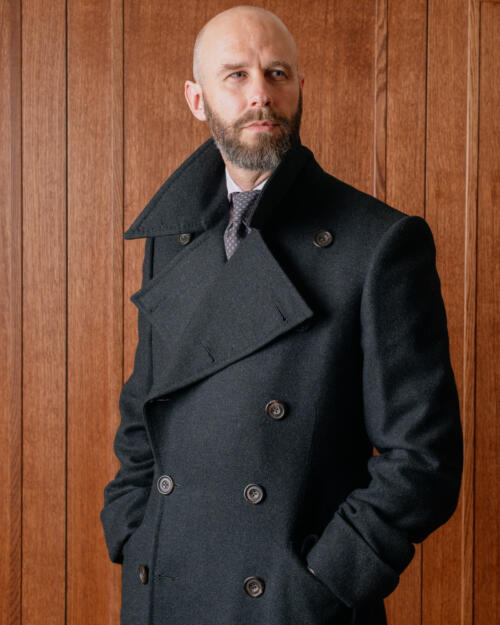
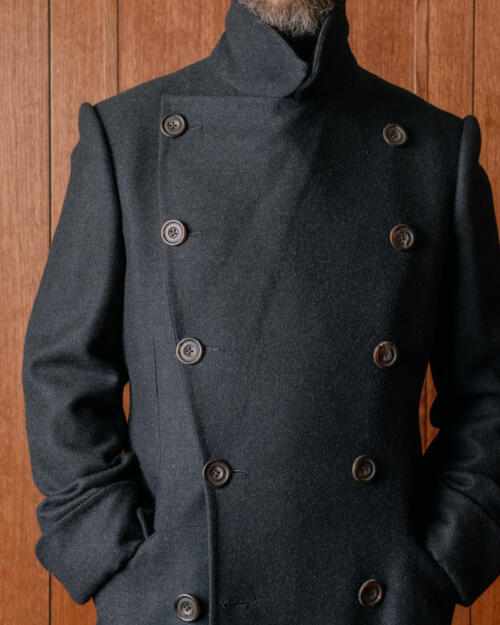
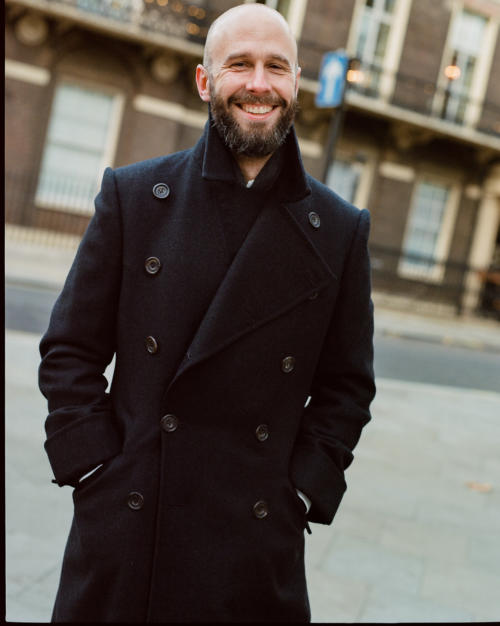
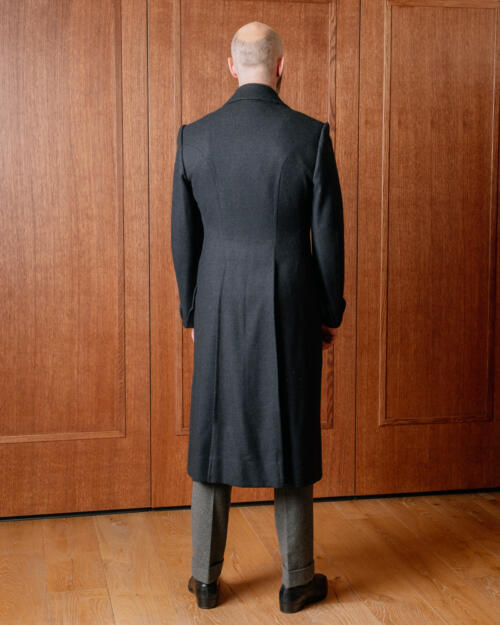
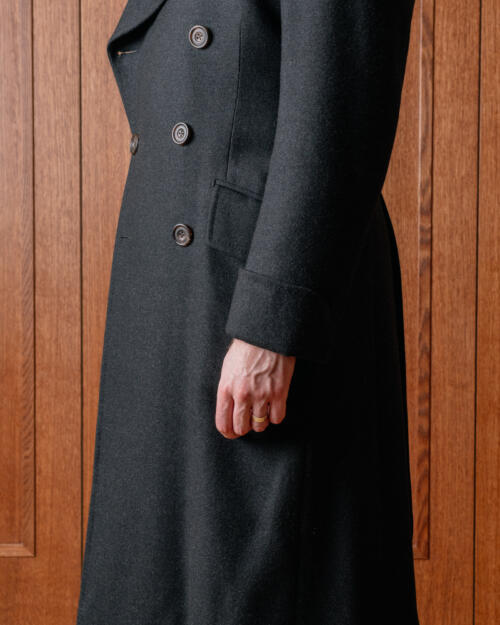
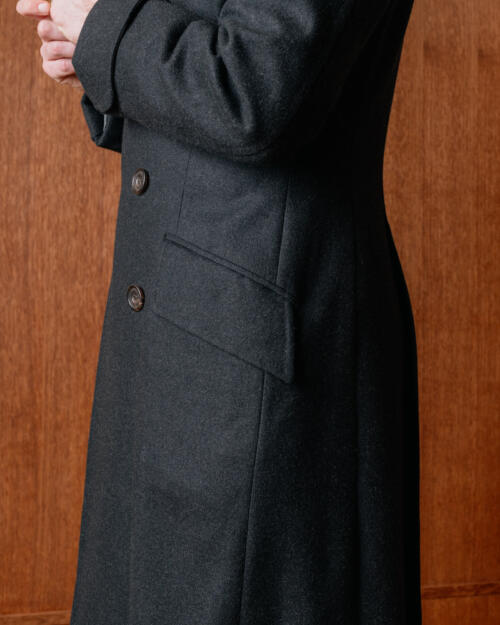
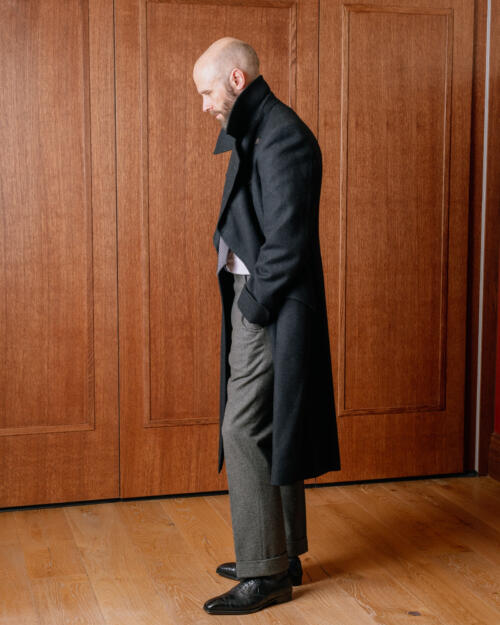


0 comments